Now Reading: Top 3 Best Places Visiting in Bhojpur for Culture, History & Spirituality
-
01
Top 3 Best Places Visiting in Bhojpur for Culture, History & Spirituality

Top 3 Best Places Visiting in Bhojpur for Culture, History & Spirituality
1. Jagdishpur fort

The Bhojpur district of Bihar rings with history through Jagdishpur Fort which stands today as a token of the country’s freedom battle. The ancient fort maintains its historical significance because Babu Veer Kunwar Singh used it as his residence before the outbreak of the Indian Rebellion of 1857. The legacy of valiant hero Kunwar Singh rests firmly in Jagdishpur Fort history because of his powerful resistance against British colonial powers.
This article examines Jagdishpur Fort’s historical background through an evaluation of its architectural elements and tourist recommendations for site visitors.
History
Jagdishpur Fort maintained an essential position during the important struggle for Indian independence in 1857. Babu Veer Kunwar Singh took command of the fortress in his eighty years despite fighting against British rule. History celebrates his legendary status because his daring leadership skills and exceptional military talent have etched his name into Indian history.
Many rebellion moments took place within the fort where Kunwar Singh together with his supporters fought battles. Despite sustained battle injuries Kunwar Singh persevered as a freedom fighter leader through the entire resistance period. History holds a patriotic symbol of his dedication when he sacrificed his injured arm near the riverbanks of the Ganges to avoid infection.
Best Time to Visit
The most favorable period to explore Jagdishpur Fort starts in October and extends through March due to the enjoyable weather conditions. Visitors during this time period can freely discover the fort together with its adjacent areas without discomfort.
Tips for Visitors
The following recommended strategies will improve your visit to Jagdishpur Fort:
- Before visiting Jagdishpur Fort read about the biography of Babu Veer Kunwar Singh to understand better the historic importance of the fort.
- Visitors should respect both Jagdishpur Fort along with its heritage because it functions as a protected historical site. Follow all instructions given by neighborhood officials next preserve the site by not dropping garbage.
- Photograph the architectural structure and landscapes surrounding the fort by bringing a camera device.
- The historical and cultural sites throughout Bhojpur area make great nearby destinations for visitors to explore.
2. Ara house

The Bhojpur district of Bihar rings with history through Jagdishpur Fort which stands today as a token of the country’s freedom battle. The ancient fort maintains its historical significance because Babu Veer Kunwar Singh used it as his residence before the outbreak of the Indian Rebellion of 1857. The legacy of valiant hero Kunwar Singh rests firmly in Jagdishpur Fort history because of his powerful resistance against British colonial powers.
This article examines Jagdishpur Fort’s historical background through an evaluation of its architectural elements and tourist recommendations for site visitors.
History
Jagdishpur Fort maintained an essential position during the important struggle for Indian independence in 1857. Babu Veer Kunwar Singh took command of the fortress in his eighty years despite fighting against British rule. History celebrates his legendary status because his daring leadership skills and exceptional military talent have etched his name into Indian history.
Many rebellion moments took place within the fort where Kunwar Singh together with his supporters fought battles. Despite sustained battle injuries Kunwar Singh persevered as a freedom fighter leader through the entire resistance period. History holds a patriotic symbol of his dedication when he sacrificed his injured arm near the riverbanks of the Ganges to avoid infection.
Best Time to Visit
The most favorable period to explore Jagdishpur Fort starts in October and extends through March due to the enjoyable weather conditions. Visitors during this time period can freely discover the fort together with its adjacent areas without discomfort.
Tips for Visitors
The following recommended strategies will improve your visit to Jagdishpur Fort:
- Before visiting Jagdishpur Fort read about the biography of Babu Veer Kunwar Singh to understand better the historic importance of the fort.
- Visitors should respect both Jagdishpur Fort along with its heritage because it functions as a protected historical site. Follow all instructions given by neighborhood officials next preserve the site by not dropping garbage.
- Photograph the architectural structure and landscapes surrounding the fort by bringing a camera device.
- The historical and cultural sites throughout Bhojpur area make great nearby destinations for visitors to explore.
3. St. mary’s church
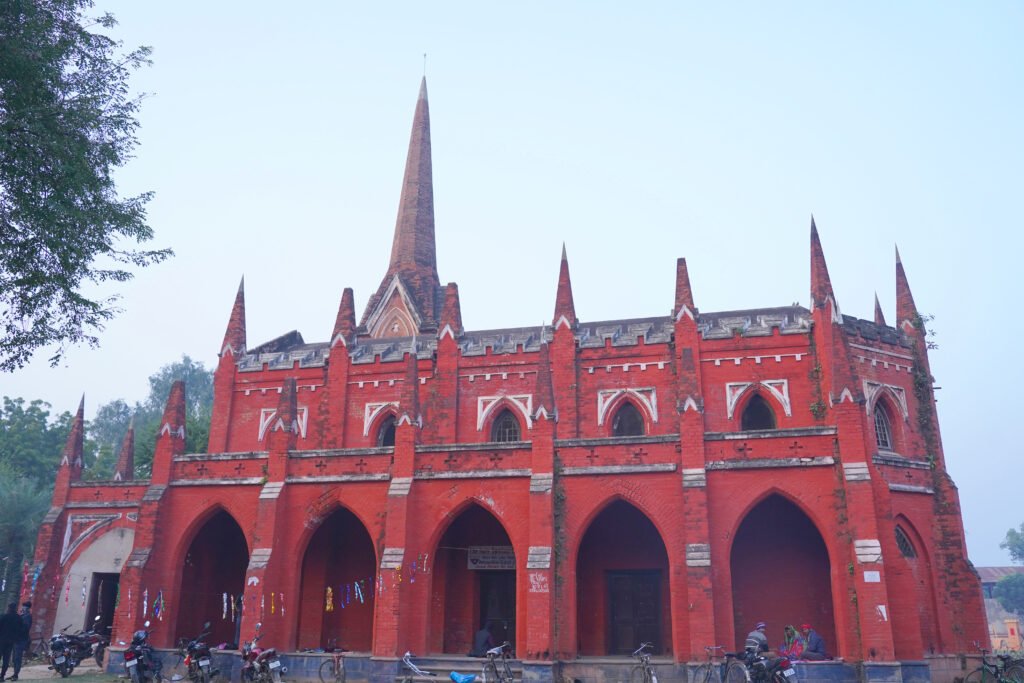
Holy Saviour Church operates as a significant place of faith at Arrah inside the Bhojpur district of Bihar. Builders established this church during the early 1990s to display English architectural magnificence while providing religious sanctuary to Christians across the area. The passing years have transformed St. Mary’s Church into a well-known tourist destination and religious site due to its peaceful environment and attractive architectural design.
This article will explore the historical development and architectural elements of St. Mary’s Church while offering visitor guidance.
St. Mary’s Church welcomes visitors seeking spiritual fulfillment during their time as they admire the interior beauty and engage in prayer activities. The tranquil atmosphere of this church offers people an excellent environment to practice quiet reflection along with meditation.
Best Time to Visit
St. Mary’s Church presents its most impressive visual splendor during religious occasions like Christmas and Easter because the decoration exhibitions and Holy Mass services take place during these festivals. The church opens its doors to visitors who wish to feel its serene atmosphere throughout all months of the year.
Tips for Visitors
The place of worship demands visitors to keep both their clothes modest and their sounds at a minimum level of noise within the church’s space.
The visit to a prayer service provides guests with a unique experience to feel spiritual connection as well as community involvement.
The practice of photography inside this site remains subject to permission from church authorities so always seek their consent first.
Tourists visiting Arrah should take time to study the local cultural sites which include both Jagdishpur Fort and Ara House alongside other attractions in the region.
Related articles : Best Places Visiting in Goalpara for Culture, Nature & Heritage
Stay Informed With the Latest & Most Important News
Previous Post
Next Post
-
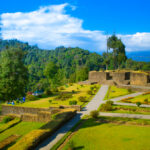 01Top 5 Best Places Visiting in Gyalshing – Monasteries, Lakes & Scenic Escapes
01Top 5 Best Places Visiting in Gyalshing – Monasteries, Lakes & Scenic Escapes -
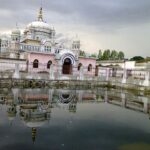 02Top 5 Best Places Visiting in Panna – Temples, Waterfalls & Wildlife Escapes
02Top 5 Best Places Visiting in Panna – Temples, Waterfalls & Wildlife Escapes -
 03Top 5 Best Places to Visit in Malerkotla – Malerkotla Fort, Sheesh Mahal & More
03Top 5 Best Places to Visit in Malerkotla – Malerkotla Fort, Sheesh Mahal & More -
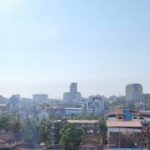 04Top 10 Best Places Visiting in Dakshina Kannad for Culture, Nature & Coastal Charm
04Top 10 Best Places Visiting in Dakshina Kannad for Culture, Nature & Coastal Charm -
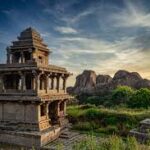 05Top 2 Best Places Visiting in Chitradurga for History, Nature & Adventure
05Top 2 Best Places Visiting in Chitradurga for History, Nature & Adventure -
 06Best Places Visiting in Shopian – Explore Top Attractions & Hidden Gems
06Best Places Visiting in Shopian – Explore Top Attractions & Hidden Gems -
 07Best Places Visiting in Narmadapuram – Temples, Waterfalls & Wildlife Escapes
07Best Places Visiting in Narmadapuram – Temples, Waterfalls & Wildlife Escapes














Pingback: Top 5 Best Places Visiting in Golaghat – Explore Assam's Hidden Gem